If you believe various resources on the Internet, it turns out that the citizens of the USSR were still dirty - they went to dirty clothes, they didn’t smell very pleasant, and instead of soap they used ash for the body, and brushed their teeth chalk. However, it is very disappointing that someone will take and believe such information, and even pass it on “by inheritance” to their children. So we will think that hygiene was completely absent in the Soviet Union, but was it really so?

@build-experts.ru
Hygiene in the USSR - where is the truth and where is the lie?
Indeed, in the 60s the concept of "private bathroom" was almost completely absent. People lived either in communal apartments or in barracks. And if in the first case, although there was a bath, it was shared by several families, then in the second case, things were not at all important with the adoption of water procedures.
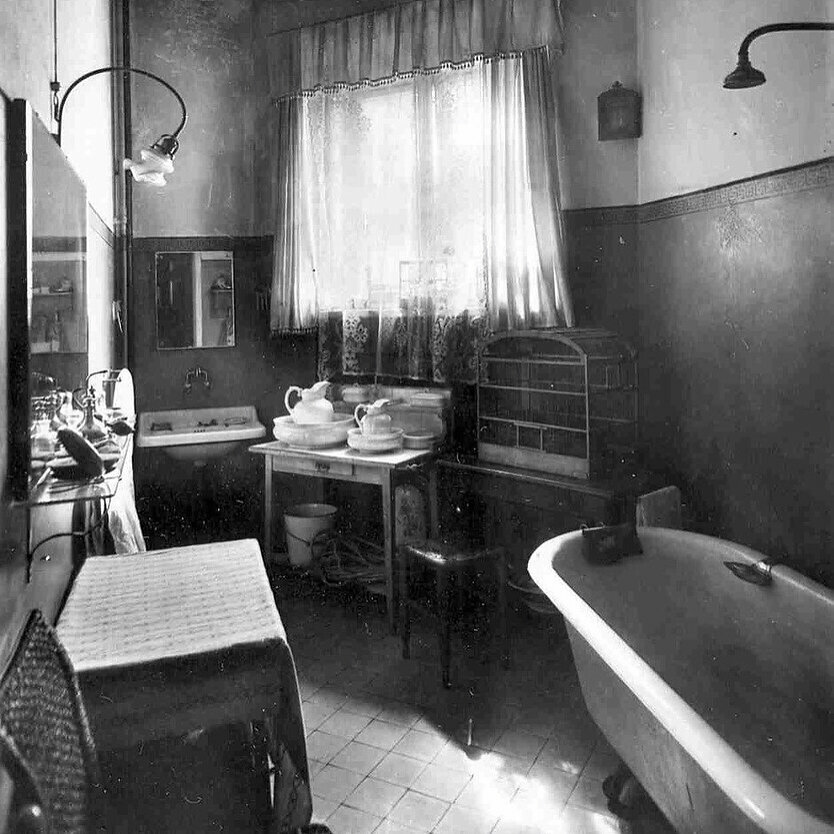
But these problems have never been an obstacle for a citizen. Firstly, for people who lived in houses without amenities, there were baths, albeit public ones. Moreover, residents of comfortable apartments also preferred to wash there, which seemed rather strange. However, this ritual of visiting steam rooms has been preserved to this day. Well, what Russian would refuse to visit a bathhouse with brooms, steam rooms, heart-to-heart conversations with comrades of interest?!
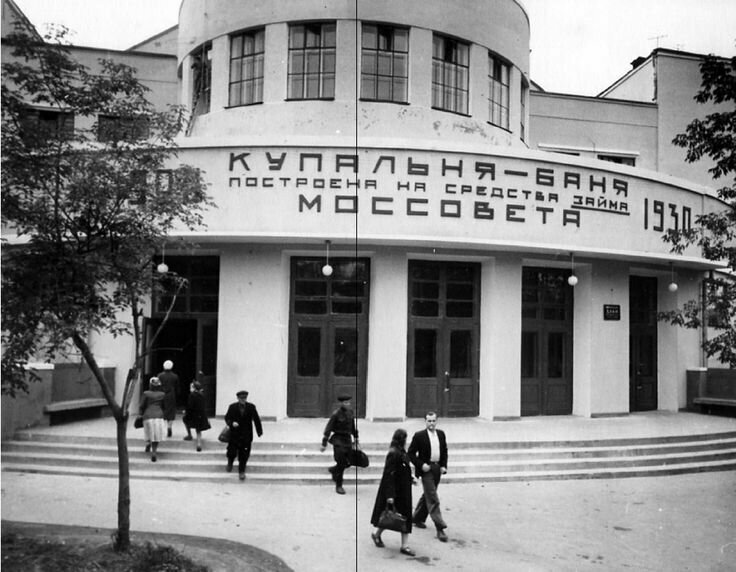
Secondly, if there was no bath at home, then people fenced off a corner in the kitchen and put at least a basin there, in which they could draw warm water and wipe the body after a working day.
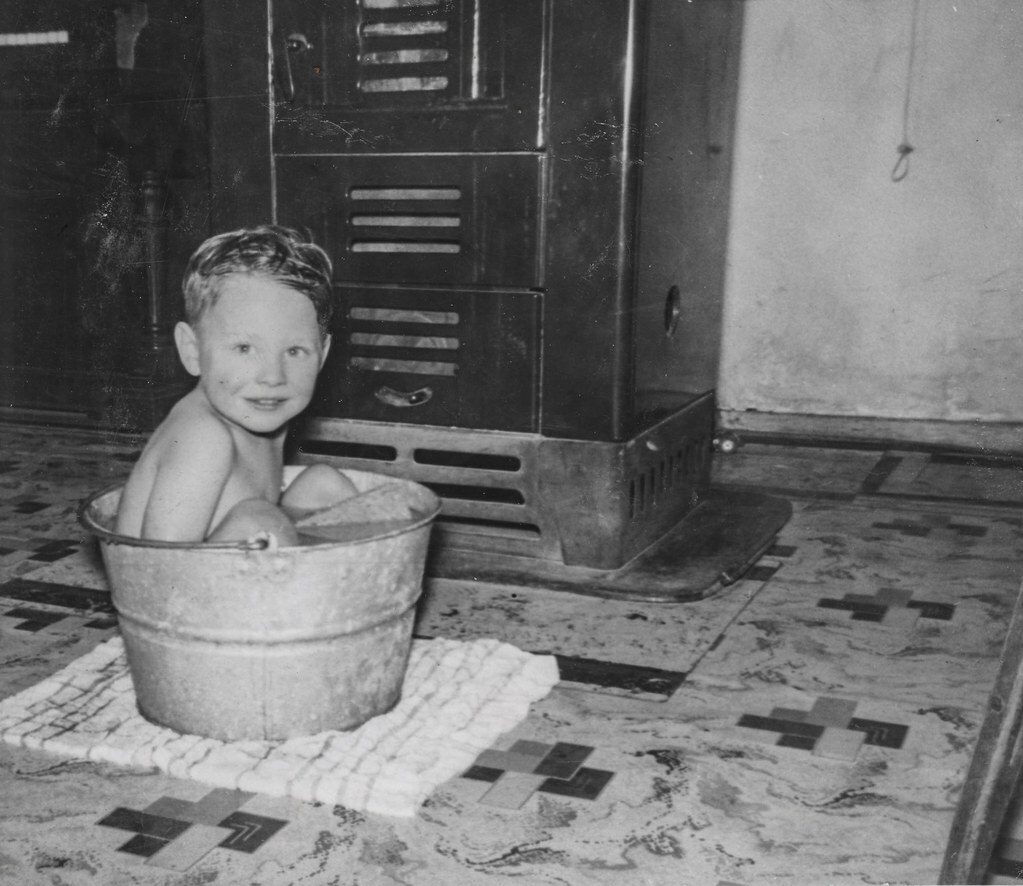
@flickr.com
Thirdly, the Soviet citizen always kept his clothes clean. Laundry day was usually scheduled for some weekend, and the whole family plunged into this very difficult event, which lasted from morning to evening.
By the way, if you still think that in the USSR they changed clothes very rarely, then you can remember the boiling procedure bedding, towels, underwear - it is unlikely that a person who does not keep cleanliness would have thought of such a method disinfection.

@yaplakal.com
As for wiping with ashes, this is only partly true. Yes, and not ash appears in this case, but ash lye is a natural substance obtained as a result of a decoction or infusion of wood ash. For use in the economy, it had to be diluted with water. This tool was especially popular in villages where houses were heated by stoves - it was easy to get ash, and therefore people quickly found a use for it. Moreover, they used it not only for the body, but also for washing, washing hair, dishes.
Lye could also be diluted with herbal decoction - the skin after such a remedy was soft, without a feeling of tightness.
In addition, a lot of literature was published in the USSR on the importance of body hygiene, and enterprises had their own showers in which the worker could wash himself after a hard day's work.
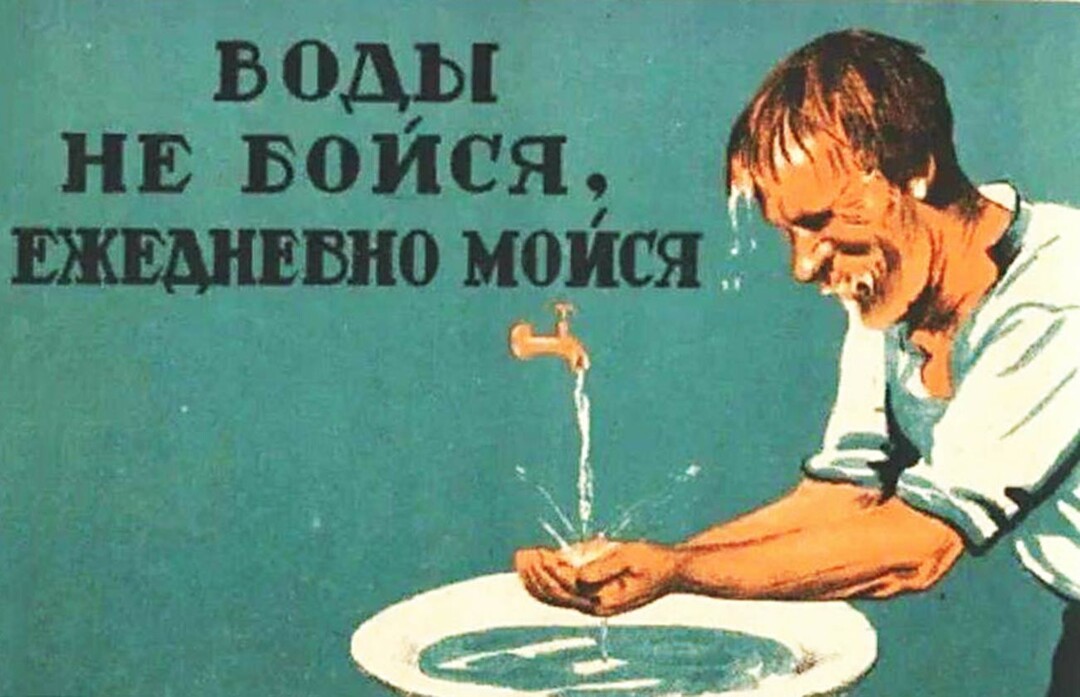
@marya-iskysnica.livejournal.com
By the way, they say that the citizens of the USSR washed once a week, but this is also partly true. But this applies, so to speak, to global washing - with a hard brush and hair washing. On other days, people always washed themselves with water, just not so drastically and thoroughly.
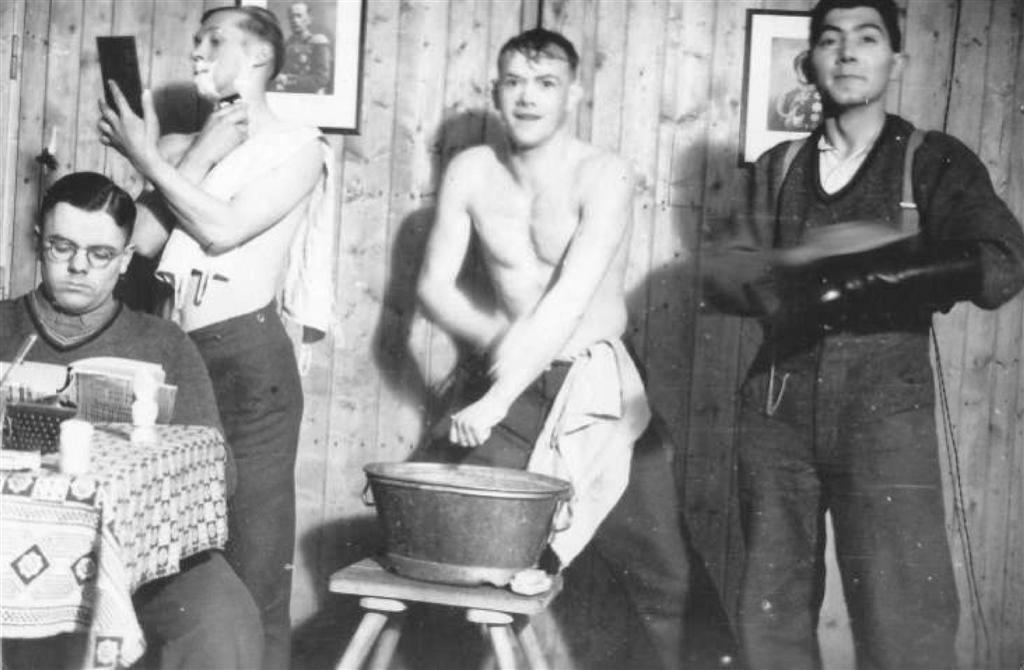
@vodakanazer.ru
If we talk about toothpaste, then it really was chalk, but finely ground. Already in the 70s, the first toothpastes with mint appeared - "Forest", "Pearl" and "Cheburashka". They were made on the basis of natural substances, but did not foam at all, like modern dentifrices.
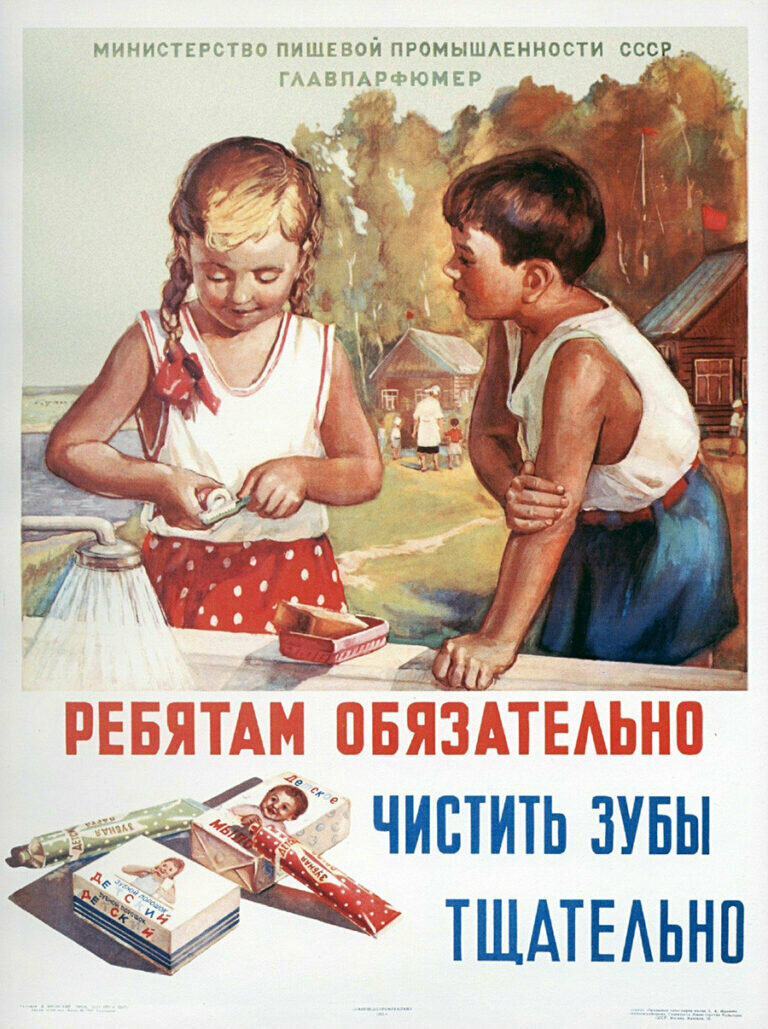
Summing up, we can say that all the information about the insufficient hygiene of a citizen of the USSR is almost a complete lie. People attached great importance to the purity of their bodies. What is the book of Korney Chukovsky "Moydodyr" worth, which the world saw back in 1923. So think now - is it true when they say that people were dirty and did not take care of themselves at all, even if children's literature loudly called for hygiene procedures!


